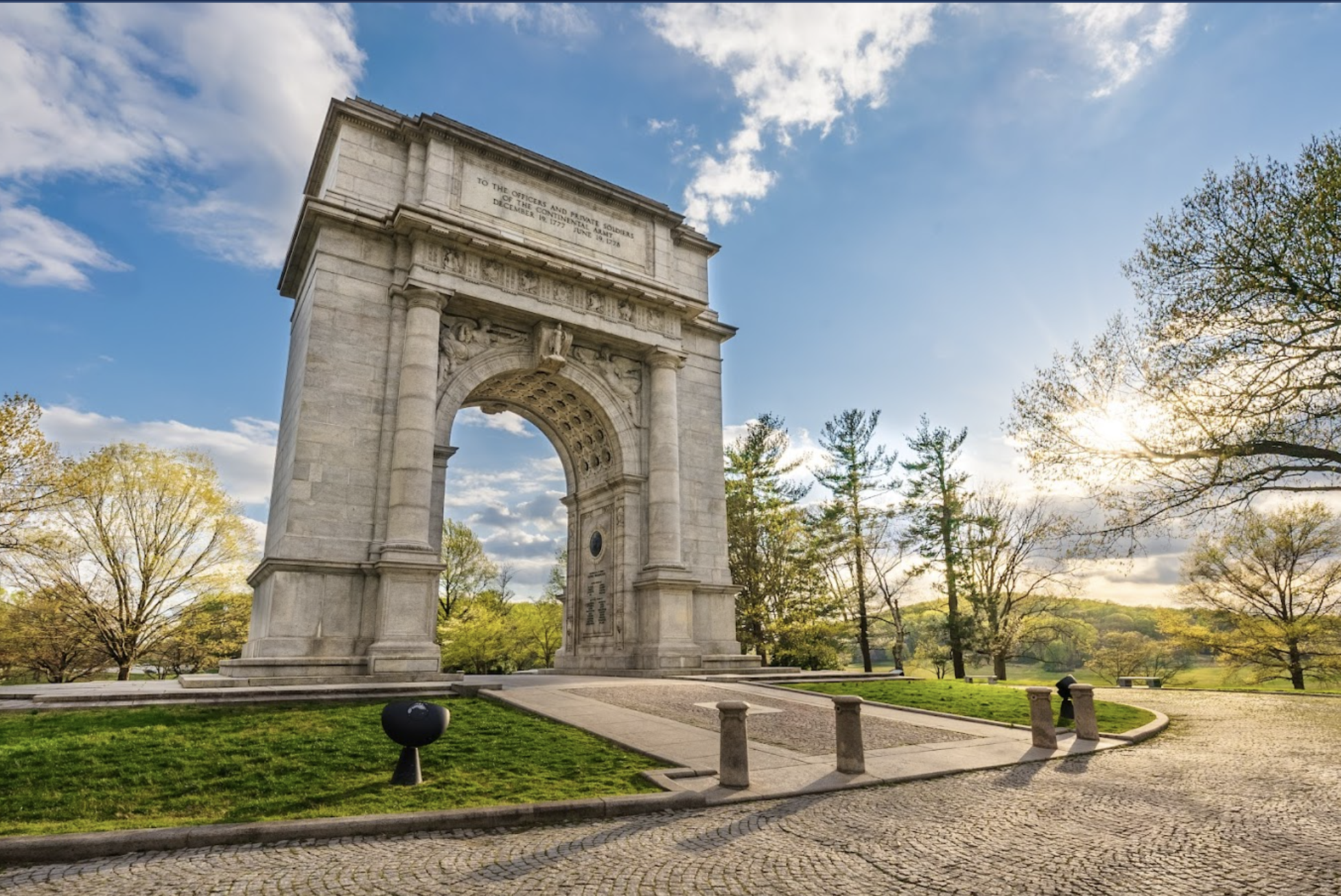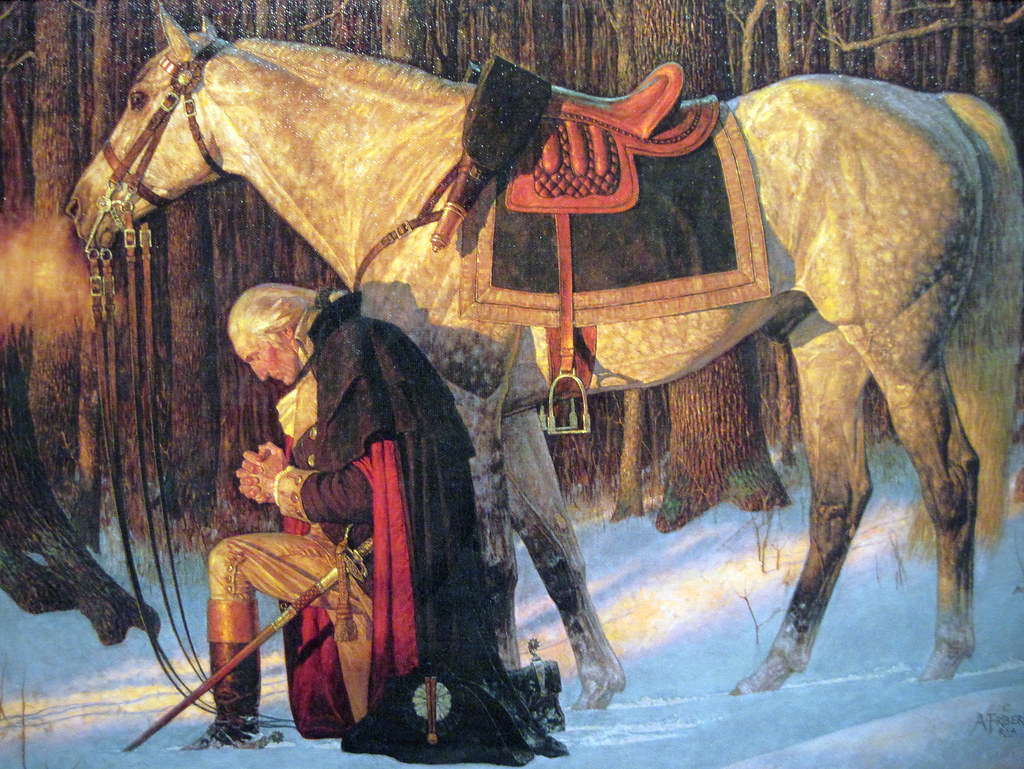The George Washington Military Prayer 1776 Valley Forge is one of the most iconic images of the Revolutionary War. While leading the Continental Army in its desperate struggle for independence, General Washington recognized that victory could not be won by strategy and weapons alone. He believed God’s favor was essential, and he wove prayer into the very fabric of the army.
From 1776 through 1783, Washington issued orders that called for daily prayer, Sunday worship, and strict moral discipline among his troops. He knew that a fighting force grounded in virtue and faith would stand stronger against the trials of war.
The Prayer (Chaplain Abiel Leonard, 1775)
One of the earliest published prayers for the Continental Army was composed by Abiel Leonard, a Connecticut chaplain close to Washington:
“O my God, in obedience to the call of thy providence, I have engaged myself, and plighted my faith, to jeopardy my life in the high places of the field in the defense of my dear country and the liberties of it… Teach, I pray thee, my hands to war, and my fingers to fight in the defense of America, and the rights and liberties of it! Impress upon my mind a true sense of my duty, and the obligation I am under to my country… Hear me, O my God, and accept of those my petitions through Jesus Christ, to whom with thee, O Father, and the Holy Spirit, one God, be glory, honor and praise, forever and ever. Amen.”
This prayer, offered in the shadow of war, reflects the spiritual heartbeat of Washington’s army.
Historic Backstory
Washington not only encouraged prayer — he mandated it. In his General Orders, he commanded that:
-
Divine Service be performed regularly in every brigade.
-
Profanity, gambling, and drunkenness be avoided.
-
Chaplains provide sermons and guidance to the soldiers.
The famous story of Washington kneeling in prayer at Valley Forge (1777–1778) illustrates his dependence on God. Whether fully documented or not, it represents the truth that Washington was known to be a man of prayer who sought God in private as well as in command.
The George Washington Military Prayer 1776 Valley Forge is a symbol of America’s conviction that liberty is inseparable from divine blessing.
Biblical Parallel — Praying Before Battle
In Scripture, King David declared: “He trains my hands for battle, my arms can bend a bow of bronze” (Psalm 18:34). David understood, as Washington did, that military strength alone is not enough — true power comes from God.
The Continental Army’s practice of prayer, confession, and worship mirrors Israel’s pattern of seeking God before battle. The George Washington Military Prayer 1776 Valley Forge shows us that prayer was a weapon of faith as real as muskets and cannons.
Modern Application — Spiritual Strength in Hardship
Just as Washington called his soldiers to worship in the bitter cold of Valley Forge, we too are called to prayer in our seasons of struggle. Prayer gives courage, discipline, and hope when the odds seem stacked against us.
The National Prayer Wall exists to equip believers in every ZIP Code to be “spiritual soldiers,” lifting up their communities to God. Washington’s example reminds us that nations are secured not only by force but by faith.
Visit Valley Forge Today

Today, visitors to Valley Forge National Historical Park (ZIP Code 19481) can see memorials and reconstructed huts that tell the story of the winter encampment. The image of Washington in prayer there remains one of the most enduring symbols of America’s spiritual foundation.
📍 These prayers took place in Valley Forge, Pennsylvania (ZIP Code 19481) and across the Continental Army camps from 1776 to 1783.
And just two years later, in 1787, delegates in Philadelphia (ZIP 19106) turned once again to prayer during the Constitutional Convention. Read about the Constitutional Convention Prayer →
Reference Prayers and Proclamations: Historic Prayers in American Life (White House PDF)


